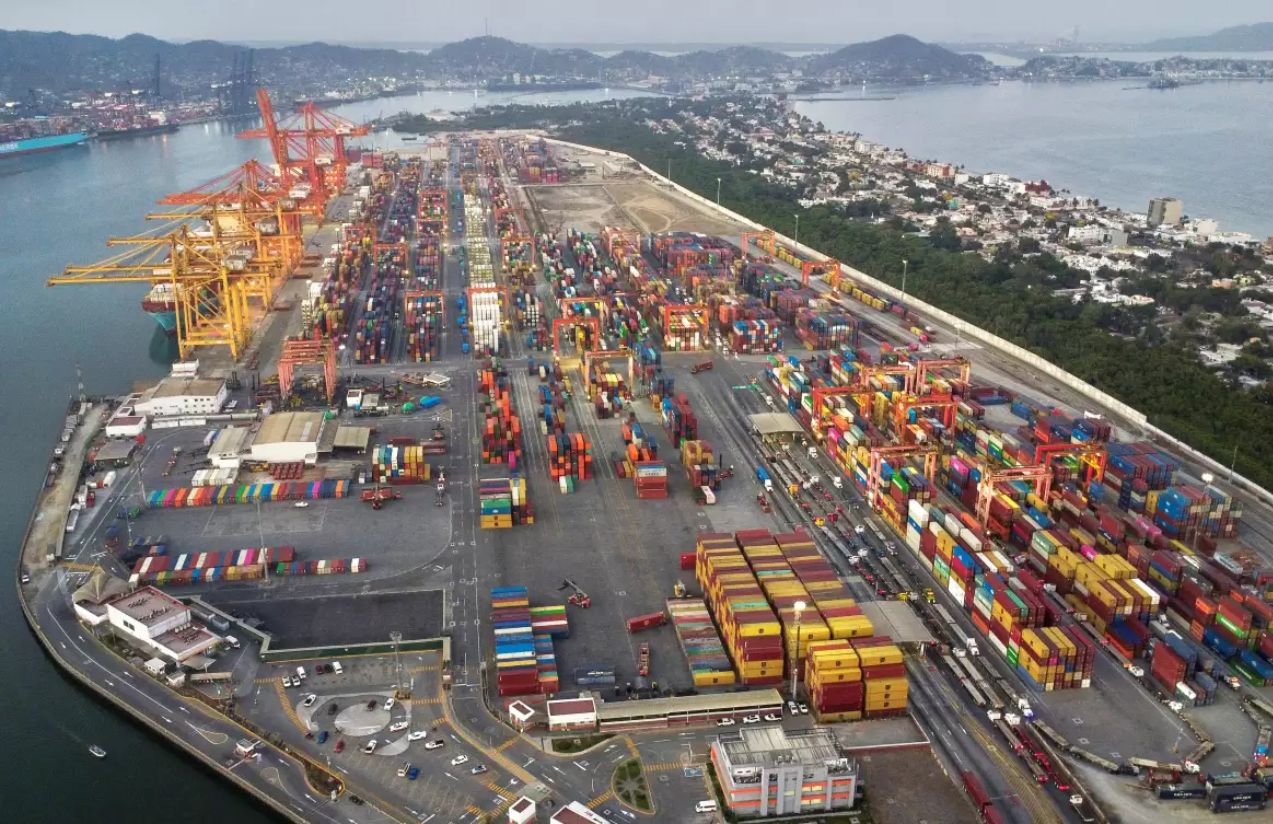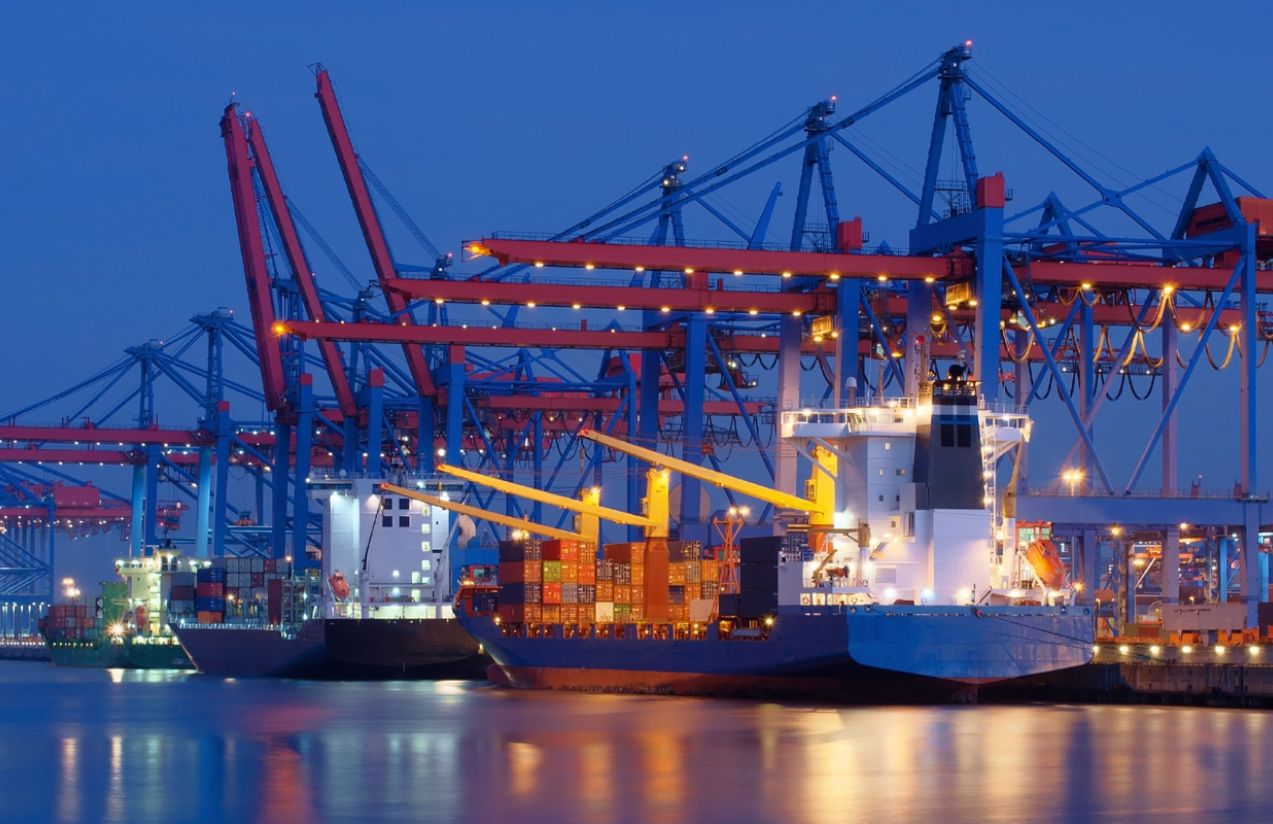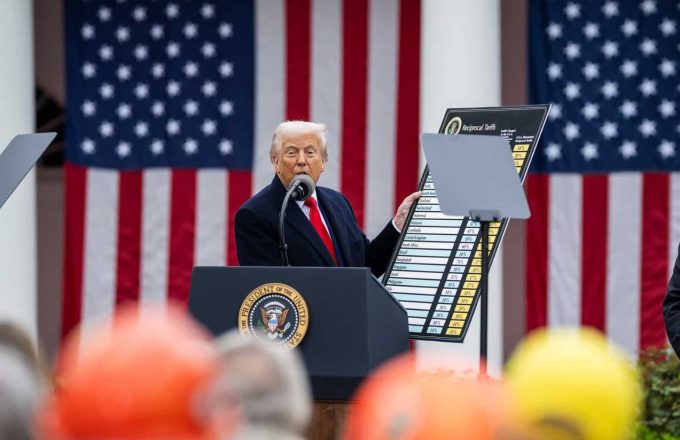The President of the United States, Donald Trump, announced a 90-day extension before enforcing new 30% tariffs on Mexican imports. The decision followed a direct phone call with Mexican President Claudia Sheinbaum, effectively defusing an imminent trade escalation just hours before the deadline.
Trump had threatened to impose harsher tariffs if Mexico failed to take concrete actions to curb the flow of synthetic drugs and eliminate what he described as “unfair trade barriers” against U.S. businesses. However, after calling the conversation with Sheinbaum “positive and constructive,” the president agreed to a temporary pause and the opening of formal negotiations.
During this three-month truce, both governments will work toward a new commercial agreement that can prevent a breakdown in bilateral trade. In the meantime, the current tariffs remain in place: 25% on vehicles not compliant with USMCA standards, another 25% for national security concerns (focused on fentanyl trafficking), and 50% on industrial metals like steel, aluminum, and copper.

Mexico has also committed to easing certain non-tariff restrictions and to allowing greater participation of U.S. companies in sectors such as transportation, energy, and telecommunications, though no strategic concessions were made, according to official sources.
Does this mean Mexico is in the clear?
Not entirely. While the immediate threat has been defused, the next 90 days will be crucial. If a favorable agreement isn’t reached, the new tariffs could come into effect as early as November, impacting thousands of businesses and workers on both sides of the border.
This truce is essentially a race against time to avoid a trade war that neither side wants, but that remains a real possibility.











